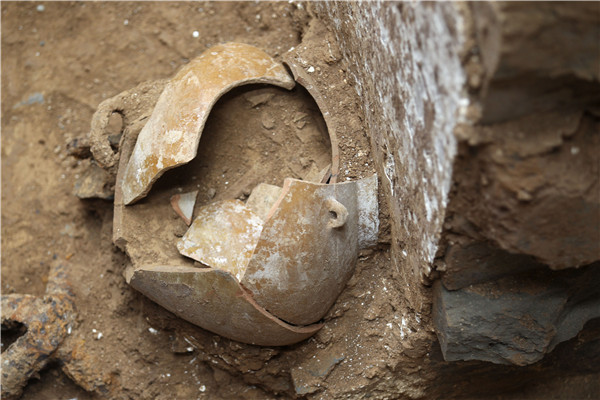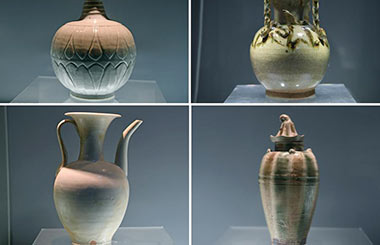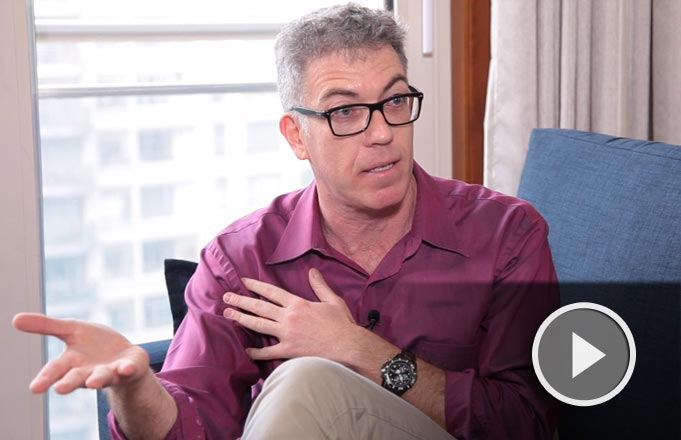Ancient sites get a new life
 |
Coordination with urban construction
The project in Xizhu is only the start of Shi's plans to blend archaeology with urban construction in the city.
He, however, regrets that cultural relics have became "a burden" on the development of the city.
"There is a common practice: If an important archaeological site is found, construction is forbidden within 100 meters to protect the site," he explains.
"And, many sites are backfilled with earth after studies are finished. "That is a waste if they (the sites) are used only by academia and not known for the public," he says.
But some changes have occurred recently.
For instance, on the campus of the No 6 High School of Luoyang, a section of the city wall of the Sui and Tang dynasties (581-907) was found when a building was being renovated last year.
"It is a part of imperial palace, and it's as thick as 15 meters," Zhang Longdan, who leads archaeological work at the site, says.
"The walls offer a crucial reference for us to study layouts of ancient capital cities and contain much information on the political, military and economic systems of the time."
Nevertheless, the archaeological team chose not to interfere with the renovation of the building but worked with the school to modify the construction blueprints.

















